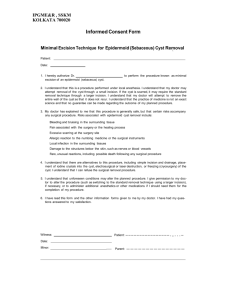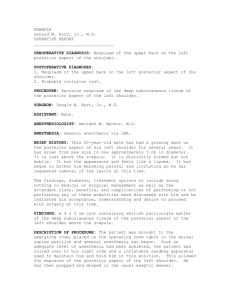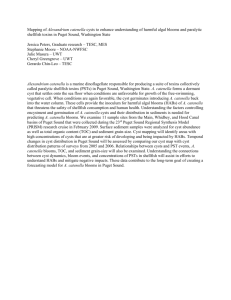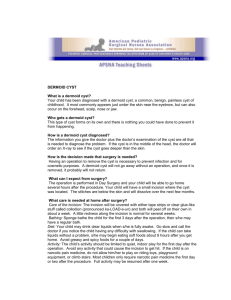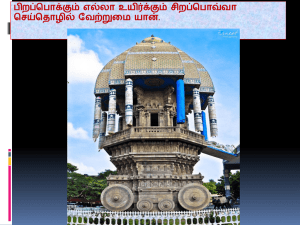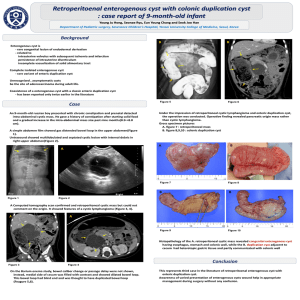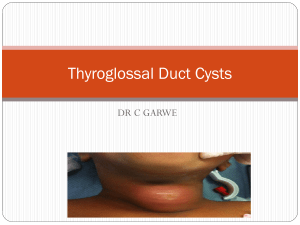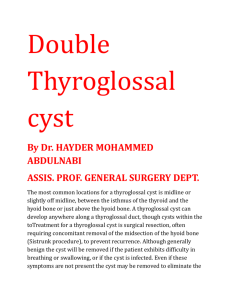EXAMPLE - Acusis
advertisement
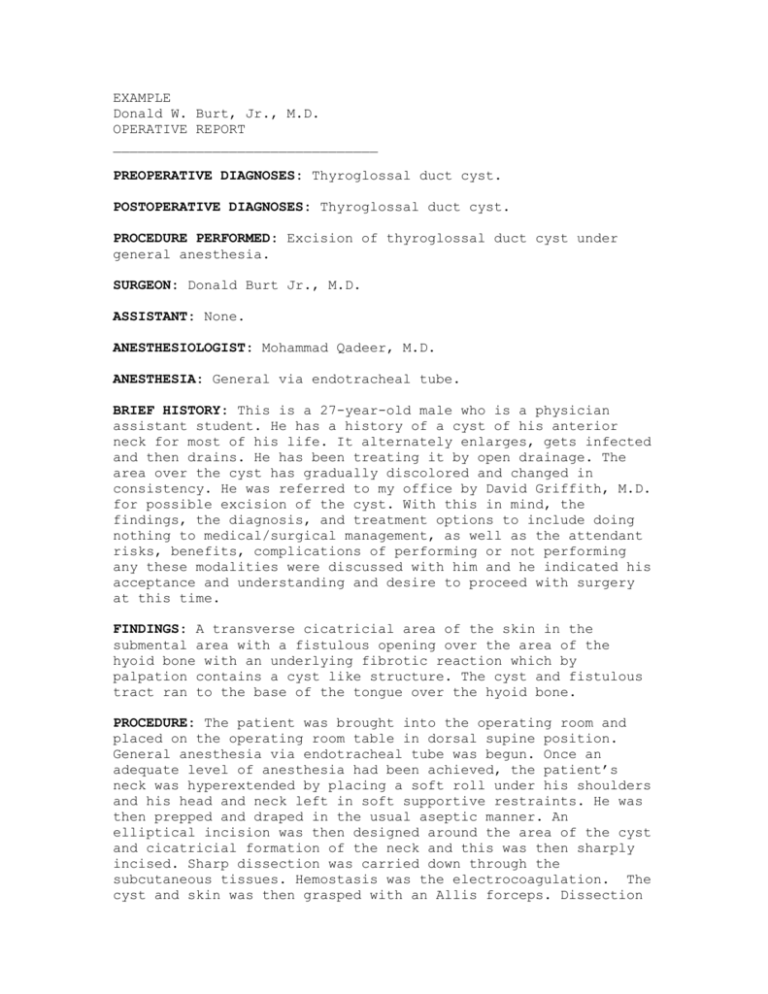
EXAMPLE Donald W. Burt, Jr., M.D. OPERATIVE REPORT ________________________________ PREOPERATIVE DIAGNOSES: Thyroglossal duct cyst. POSTOPERATIVE DIAGNOSES: Thyroglossal duct cyst. PROCEDURE PERFORMED: Excision of thyroglossal duct cyst under general anesthesia. SURGEON: Donald Burt Jr., M.D. ASSISTANT: None. ANESTHESIOLOGIST: Mohammad Qadeer, M.D. ANESTHESIA: General via endotracheal tube. BRIEF HISTORY: This is a 27-year-old male who is a physician assistant student. He has a history of a cyst of his anterior neck for most of his life. It alternately enlarges, gets infected and then drains. He has been treating it by open drainage. The area over the cyst has gradually discolored and changed in consistency. He was referred to my office by David Griffith, M.D. for possible excision of the cyst. With this in mind, the findings, the diagnosis, and treatment options to include doing nothing to medical/surgical management, as well as the attendant risks, benefits, complications of performing or not performing any these modalities were discussed with him and he indicated his acceptance and understanding and desire to proceed with surgery at this time. FINDINGS: A transverse cicatricial area of the skin in the submental area with a fistulous opening over the area of the hyoid bone with an underlying fibrotic reaction which by palpation contains a cyst like structure. The cyst and fistulous tract ran to the base of the tongue over the hyoid bone. PROCEDURE: The patient was brought into the operating room and placed on the operating room table in dorsal supine position. General anesthesia via endotracheal tube was begun. Once an adequate level of anesthesia had been achieved, the patient’s neck was hyperextended by placing a soft roll under his shoulders and his head and neck left in soft supportive restraints. He was then prepped and draped in the usual aseptic manner. An elliptical incision was then designed around the area of the cyst and cicatricial formation of the neck and this was then sharply incised. Sharp dissection was carried down through the subcutaneous tissues. Hemostasis was the electrocoagulation. The cyst and skin was then grasped with an Allis forceps. Dissection was then carried down around the cyst removing the fibrotic reactive tissue along with the cyst using electrocautery. Dissection was carried down until the hyoid bone was identified. The tract itself seemed to run over the top of the hyoid bone to the base of the tongue. Dissection was carried to the base of the tongue and a small portion of the tongue muscle was taken as well. The area over the hyoid was cauterized. This was then set aside for later examination by the pathologist. At this time the wound was closed in multiple layer fashion using 4-0 chromic sutures beginning with the deep tissues and progressing through soft tissue to the subcutaneous tissues where the skin was reapproximated using interrupted 4-0 chromic sutures. Appearance was good. The wound was then thoroughly cleansed and dried and Dermabond placed. A sterile dressing was then placed over the area using a 4 x 4 and tape. The procedure was terminated at this point. The patient tolerated the procedure well and taken the postanesthesia care unit in satisfactory condition CLOSURE: 4-0 chromic suture. ESTIMATED BLOOD LOSS: Approximately 25 mL. COMPLICATIONS: None. DRAINS AND PACKS: None used. NEEDLE AND SPONGE COUNT: Correct at the end of the procedure.
